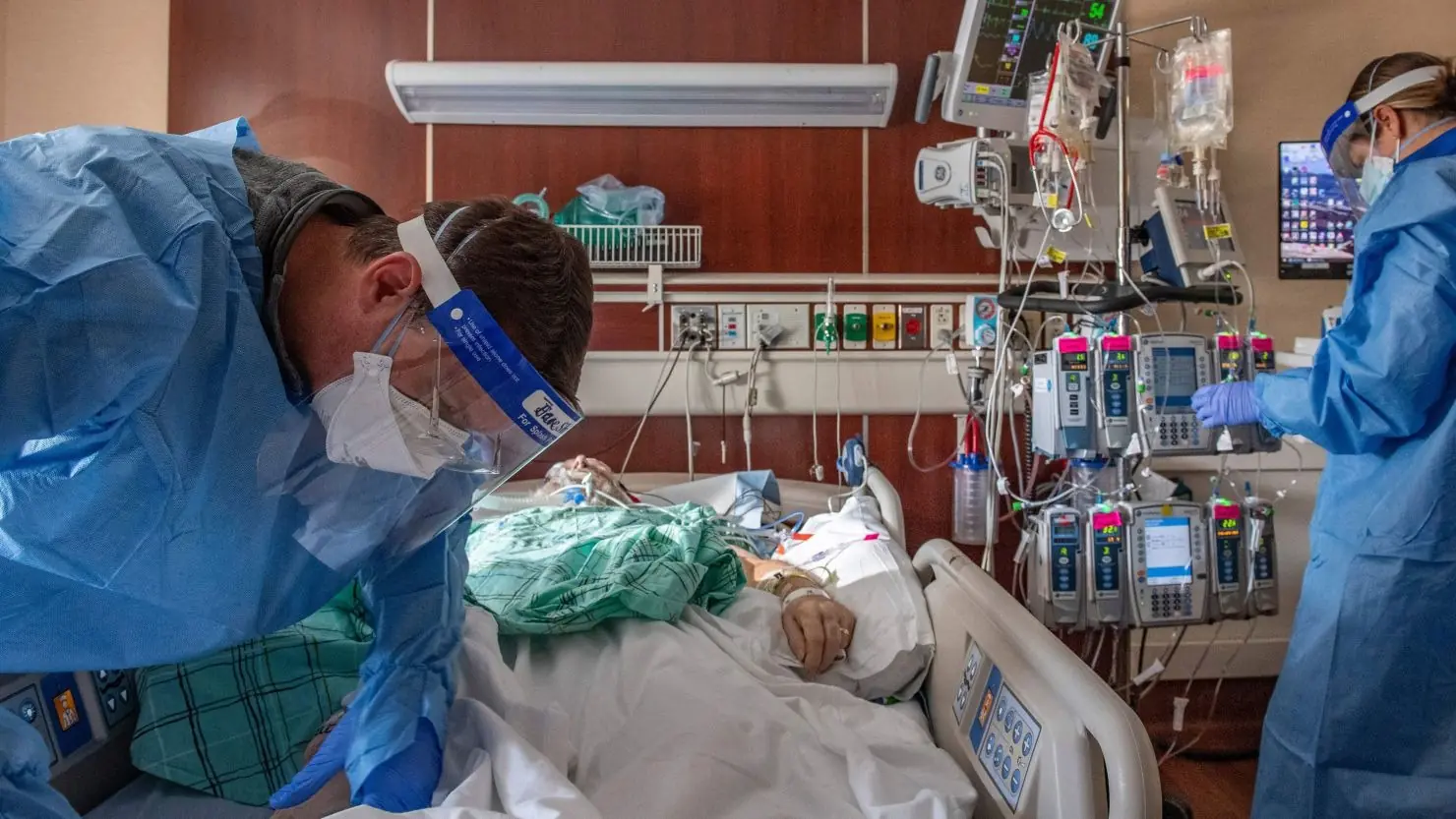
Could This 3D-Printed ‘Electronic Glove’ Keep Your Heart Beating Forever?
A Glove for the Heart: The 3D-Printed Innovation That Could Prolong Human Life
It might sound like a bold claim, but take a moment to consider the staggering number of deaths caused by heart-related diseases worldwide. Now, imagine a future where a heart could function optimally for decades—or even indefinitely. This vision is inching closer to reality thanks to a revolutionary invention: a 3D-printed electronic glove designed to wrap around the heart and potentially extend human life in dramatic ways.
A Glimpse into the Future: The 3D-Printed Electronic Glove
Originally introduced in 2014, this transformative technology gained attention after being featured in a Nature Communications study. Researchers unveiled a flexible, electronic membrane that could someday replace traditional pacemakers. The device is engineered to fit over the heart like a second skin, continuously regulating its rhythm and functionality.
But this isn’t just a futuristic fantasy. It's a working prototype with the power to monitor the heart's electrical signals in real time, using a sophisticated network of sensors. This web-like array is designed to detect irregularities and respond instantly, offering hope for a new era in cardiac care.
Precision Tailoring for Every Heart
Thanks to advanced high-resolution imaging and modeling techniques, each glove can be custom-tailored to the exact shape and size of an individual’s heart. This personalized fit ensures full contact with the organ, which is essential for accurate monitoring and efficient intervention.
In critical scenarios such as heart attacks, the glove can deliver electrical impulses from multiple points across its surface. This functionality allows it to halt life-threatening arrhythmias and prevent sudden cardiac arrest—offering therapeutic power far beyond what traditional pacemakers or defibrillators can provide.
The Evolution from Cardiac Socks to High-Tech Gloves
The idea of encasing the heart in a monitoring device isn’t entirely new. Earlier attempts, sometimes referred to as "cardiac socks," date back to the 1980s. These prototypes were composed of fabric and embedded electronics but lacked the flexibility and precision needed to maintain continuous contact with the heart’s surface. As a result, their effectiveness was limited.
Today’s design is light-years ahead. Unlike those early models, the new heart glove uses flexible, stretchable electronics that contour to the heart’s surface without losing function.
The Science Behind the Flexibility
One of the key breakthroughs comes from the work of materials scientist John Rogers at the University of Illinois. His team pioneered the use of stretchable electronic circuits that don’t break under pressure or movement. Instead of rigid, breakable materials like silicon, these circuits are arranged in serpentine, wave-like patterns that bend and flex naturally.
This allows the artificial membrane to not only mimic the natural pericardium—the protective sac around the heart—but enhance it with technology capable of real-time data collection, feedback, and intervention.
More Than a Medical Device—A Research Powerhouse
Currently, this 3D-printed glove serves primarily as a research tool. It enables scientists to monitor the heart's response to various stimuli and conditions with unprecedented precision. This data could lead to better treatments, more effective medications, and insights into heart diseases we’ve yet to fully understand.
But the implications go beyond research. As the technology evolves, these electronic membranes could be deployed in high-risk patients, offering a built-in defense system against cardiac emergencies. Imagine a world where a heart attack could be detected—and stopped—before a person even feels pain.
What Lies Ahead
Although we’re still a few years away from full-scale human trials, the possibilities are both exciting and inspiring. As researchers refine the technology and begin testing it more extensively, we may be on the cusp of a transformation in cardiovascular medicine.
In the future, wearable technology might not just sit on our wrists or be tucked in our shoes—it could live inside us, working around the clock to keep us alive.
If the heart is the engine of life, then this glove might just be its ultimate mechanic.
News in the same category


World-first sperm race is happening soon and the creators have revealed how it will work

Scientists Grow First Fully Formed Tooth In Lab — A Groundbreaking Breakthrough

New COVID Wave Surges — Health Officials Sound Alarm As Cases Double

10 Things That Men May Find Unattractive About Women Over 50

8 Signs You Might Be Affected by Lactose Intolerance

Understanding Diabetes: Types, Symptoms, Risks, and How to Manage It

Doctors Highlight A Rare Cancer Symptom That Can Appear On Your Toenails

Stroke Warning Signs: When Your Body Sends a Silent SOS

Understanding Cholesterol: The Good, the Bad, and How to Keep It in Check

Only 1 Cup a Day: Choose 1 of These 3 Drinks to CLEANSE Your Fatty Liver!

SHOCKING Tips to Lower Cholesterol! Foods You Need to Know!

7 Kinds of Pain That Shouldn't Be Ignored

Natural Nighttime Elixir: Reduce Belly Fat in Four Days Safely

10 Reasons You’re Drooling While You Sleep and What It Could Mean

Scientists Successfully Grow Human Teeth in Lab — A Breakthrough in Dental Regeneration

The 4 Dangerous Qualities of “Dark Empaths”

7 SHOCKING Benefits of Cayenne Pepper You Never Knew!

What Is Brain Fog? Scientists Are Finally Starting to Find Out

70-Year-Old Woman Who Used Her Deceased Son's Sperm to Have His Child Through Surrogacy Shares Update After Birth
News Post

URGENT: These Foods Improve Circulation INSTANTLY!

THEY BEGGED ME TO QUIT MY JOB TO WATCH MY GRANDKIDS – NOW THEY'RE DUMPING ME FOR DAYCARE

Grandma Saw the Sweater She Knitted for Her Granddaughter Donated and Decided It Was Time for a Talk About Appreciation

My Late Mom Left Me a Trust Fund, but My Dad Took Money from It for His Stepdaughter — I Finally Retaliated

My Husband Made Me Sell My Apartment to Pay Off His 'Business Debts' After Being 'Dumped' by His Partner — But It All Turned Out to Be a Lie

My Landlord Raised My Rent Because I Got a Promotion — Big Mistake Messing With a Single Working Mom of Three

All the Guests Brought Black Gifts to My Birthday Party — If Only I Knew What Was Coming

Cleaner Stepped Into a Stranger’s Home

My Mom Avoided Me for Years

My Best Friend Asked Me to Watch Her Kids for an Hour – I Didn't See Her Again for 7 Years

My Husband Had Been Secretly Transferring Money from Our Joint Account to My Best Friend for Months

Doctors make disturbing discovery in the brains of heavy alcohol drinkers that 'can cause long-term effects'

World-first sperm race is happening soon and the creators have revealed how it will work

Scientists Grow First Fully Formed Tooth In Lab — A Groundbreaking Breakthrough

New COVID Wave Surges — Health Officials Sound Alarm As Cases Double

10 Things That Men May Find Unattractive About Women Over 50

8 Signs You Might Be Affected by Lactose Intolerance

Understanding Diabetes: Types, Symptoms, Risks, and How to Manage It

Doctors Highlight A Rare Cancer Symptom That Can Appear On Your Toenails
